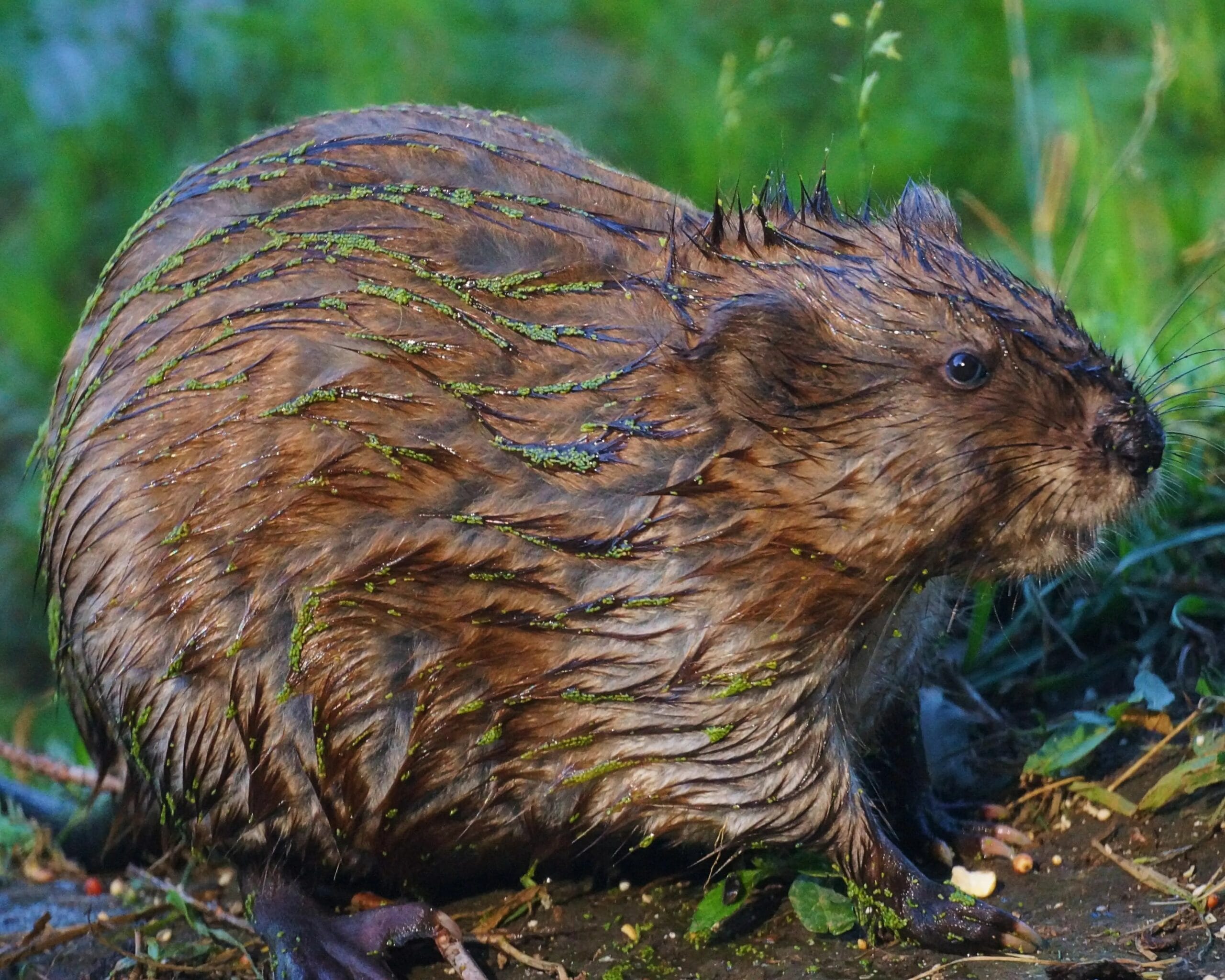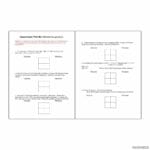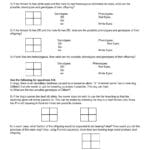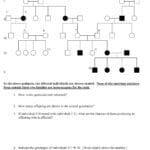Spotting the Difference: Nutria vs Muskrat
Nutria and muskrats, both semi-aquatic rodents, often cause confusion due to their similar habitats and appearances. However, understanding their key differences is crucial for appreciating their unique ecological roles and, importantly, for managing the invasive nutria. This article will explore these distinctions, from physical characteristics to ecological impact. For further exploration of genetic traits, check out our comprehensive punnett square worksheet. You might also be interested in the vibrant peacock butterfly inachis io and its fascinating life cycle.
Key Physical Differences
The most noticeable differences between nutria and muskrats lie in their size, tails, and teeth. Imagine a house cat next to a large rat; that approximates the size difference. Nutria can weigh up to 37 pounds, like a small dog, while muskrats rarely exceed 4 pounds. Their tails also tell a distinct story. A muskrat’s tail is flat and paddle-like, ideal for swimming, whereas a nutria’s tail is round and rat-like. Up close, another striking difference emerges: nutria sport bright orange incisors, while a muskrat’s teeth are a more typical rodent color. Their feet also have subtle differences, with nutria having fully webbed hind feet compared to the partially webbed feet of muskrats.
Dietary Distinctions
Their diets also diverge. Nutria are strict herbivores, focusing on aquatic plants. This specialized diet can lead to significant ecological problems in areas where they are invasive. Muskrats, on the other hand, are opportunistic omnivores, consuming plants, small aquatic animals like crayfish, and occasionally mussels. This dietary flexibility may contribute to their more balanced role within their native ecosystems.
Here’s a table summarizing these key differences:
| Feature | Nutria | Muskrat |
|---|---|---|
| Size | Larger (up to 37 lbs) | Smaller (under 4 lbs) |
| Tail | Round, rat-like | Flat, paddle-like |
| Teeth | Bright orange incisors | Normal rodent color |
| Feet | Fully Webbed Hind Feet | Partially Webbed Hind Feet |
| Diet | Herbivore (plants only) | Omnivore (plants and small animals) |
| Native Region | South America | North America |
Ecological Impacts: A Tale of Two Rodents
Muskrats, native to North America, play a complex role in their environment. Their burrowing and feeding can create habitat diversity, benefiting other species. While their burrowing might occasionally weaken riverbanks, their overall impact is generally considered balanced within their native range. They may even help control certain invasive plants, acting as a natural form of vegetation management.
Nutria, however, present a different story. Originally from South America, they have become a significant invasive species in North America, Europe, Asia, and Africa. Their voracious appetite for aquatic plants can decimate native vegetation, leading to erosion, habitat loss, and disrupted nutrient cycling. This overgrazing can transform healthy wetlands into barren landscapes, impacting a wide range of species. Their burrowing activities can exacerbate erosion and damage water management infrastructure.
Ongoing Research and Future Directions
Scientists continue to study the complex interplay between these two species and their environment. Research focusing on the long-term impacts of nutria invasions is ongoing, exploring effective management strategies. Some studies suggest that muskrats might be able to compete with nutria in some areas, potentially limiting their spread, though this remains an area of active investigation. Understanding the factors that influence nutria population dynamics, including predation, disease, and competition, is critical for developing effective management plans.
Is a Nutria the Same as a Muskrat?
Although they share a semi-aquatic lifestyle and a generally rodent-like appearance, nutria and muskrats are distinct species. Their differences extend beyond size and tail shape, impacting their ecological roles and interactions with other organisms. Correctly identifying these animals is crucial for understanding and managing their impact on wetland ecosystems.
One key difference, as mentioned earlier, is their tails. A nutria’s round, rat-like tail contrasts sharply with the muskrat’s laterally flattened, scaly tail, perfectly adapted for aquatic locomotion. Their teeth provide another clue. Nutria have prominent orange incisors, a stark contrast to the more typical rodent teeth of the muskrat. Size is also a distinguishing factor. Nutria are significantly larger, often reaching the size of a small dog, while muskrats are closer in size to a large rat.
What is the English Name for a Nutria?
The common English name for a nutria is, simply, “nutria.” It’s also sometimes called a “coypu,” especially outside North America, or even, mistakenly, a “swamp beaver,” due to superficial similarities. The scientific name is Myocastor coypus. These large, semi-aquatic rodents can weigh up to 37 pounds and measure up to 2.5 feet long, including their tail. Their round, furry tails, webbed hind feet, and distinctive orange teeth distinguish them from muskrats and beavers. Native to South America, nutria have become invasive in many parts of the world, disrupting wetland ecosystems with their voracious appetites and burrowing habits.
Are Coypu Still in the UK?
Coypu, also known as nutria, are no longer found in the wild in the UK. They were declared officially eradicated in 1989, marking a significant success in invasive species management. Originally introduced for fur farming, coypu escaped and established wild populations that caused significant damage to British ecosystems. Their burrowing weakened riverbanks, contributing to erosion, and their voracious feeding habits decimated native aquatic vegetation, impacting biodiversity and overall wetland health.
The UK’s eradication program, launched in 1981, involved extensive trapping and culling. By 1989, the program had successfully eliminated the coypu, preventing further environmental damage and serving as a model for other invasive species eradication programs. This success underscores the importance of early detection and rapid response in managing invasive species. While the eradication is considered complete, ongoing monitoring remains important to prevent any potential reintroduction or resurgence of the coypu in Britain.












1 thought on “Nutria vs. Muskrat: Identifying Key Differences and Ecological Impacts”
Comments are closed.